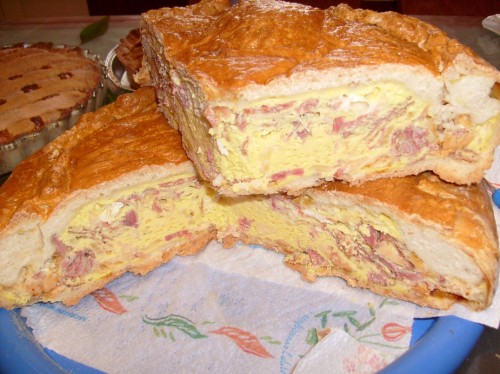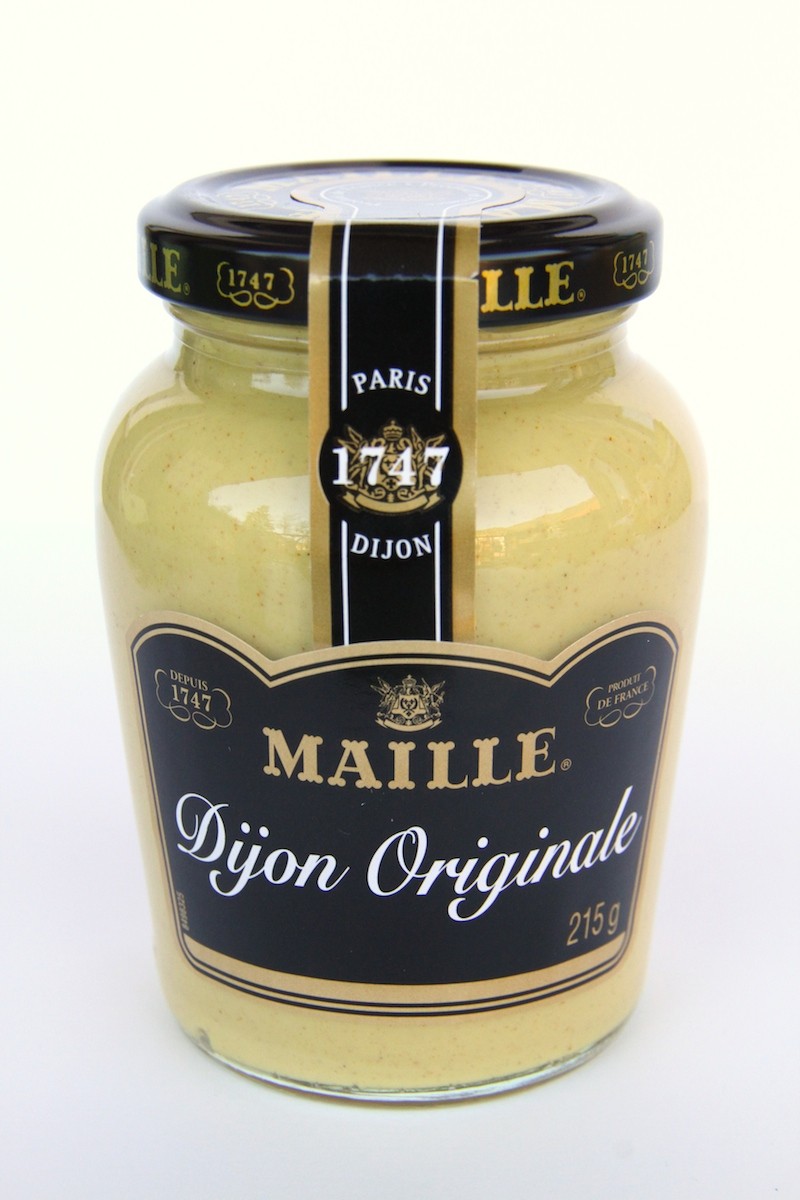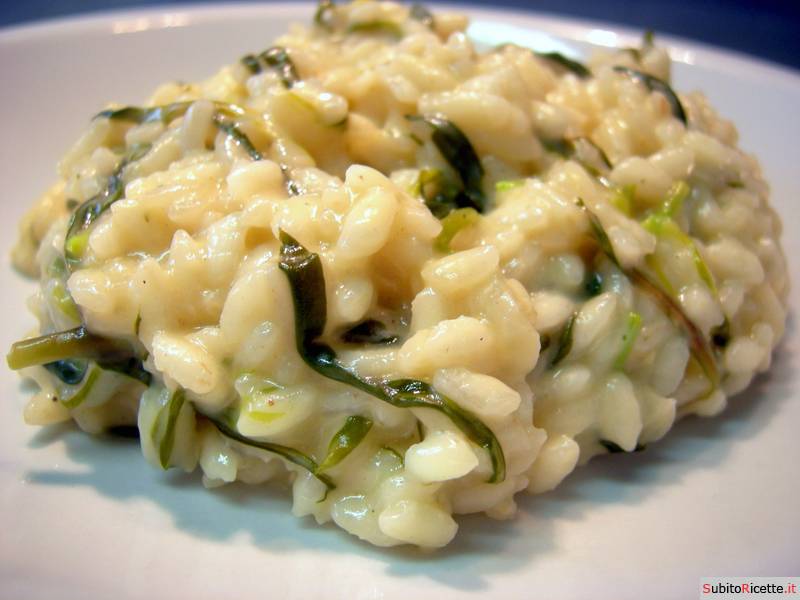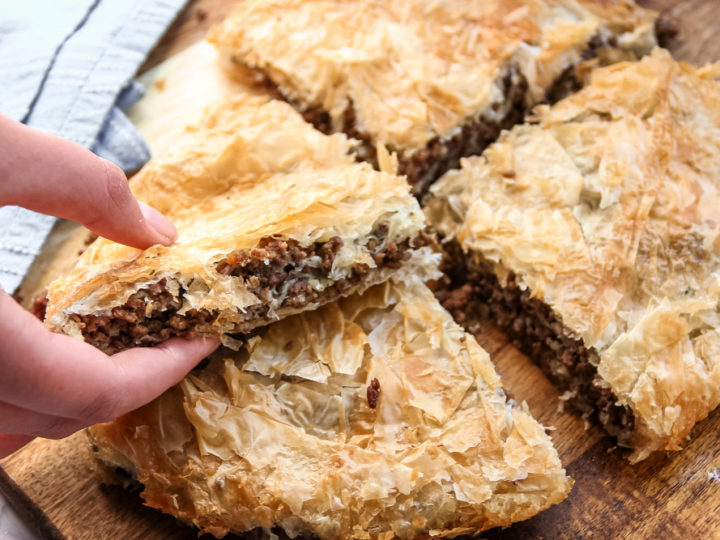The colatura di alici di Cetara is a traditional food product from Campania, produced in the small fishing village of Cetara, on the Amalfi Coast. The most reliable written source of how to prepare anchovy colatura di alici is found in the Disciplinary of the Campania Region entitled "Disciplinare di Produzione della colatura di alici di Cetara DOP".
Anchovies dripping is a transparent liquid sauce with an amber colour that is produced by a traditional process of anchovy maturation in a solution saturated with water and salt. The anchovies used are fished near the Amalfi coast in the period from March 25, which corresponds to the feast of the Annunciation, until July 22, the day of St. Mary Magdalene.
The origins of this gastronomic product date back to the Romans, who produced a sauce very similar to today’s colatura, called garum. The recipe was then somehow recovered in the Middle Ages by the monastic groups present in the Coast, who in August used to store anchovies in wooden barrels with the slats unglued and placed in the middle of two beams, called mbuosti; under the action of salt, the anchovies lost liquids that escaped between the cracks of the barrels. The procedure later spread among the population of the coast, who perfected it with the use of woolen hoods to filter the brine.
The written sources date back to 1807 by Fr. Niccola "Columella" Onorati, a Franciscan from Lucania, who wrote a memoir entitled "Memoirs on the Country and Household Economy That Can Serve as a Supplement to the Opera Delle Cose Rustiche, Part I, II.













